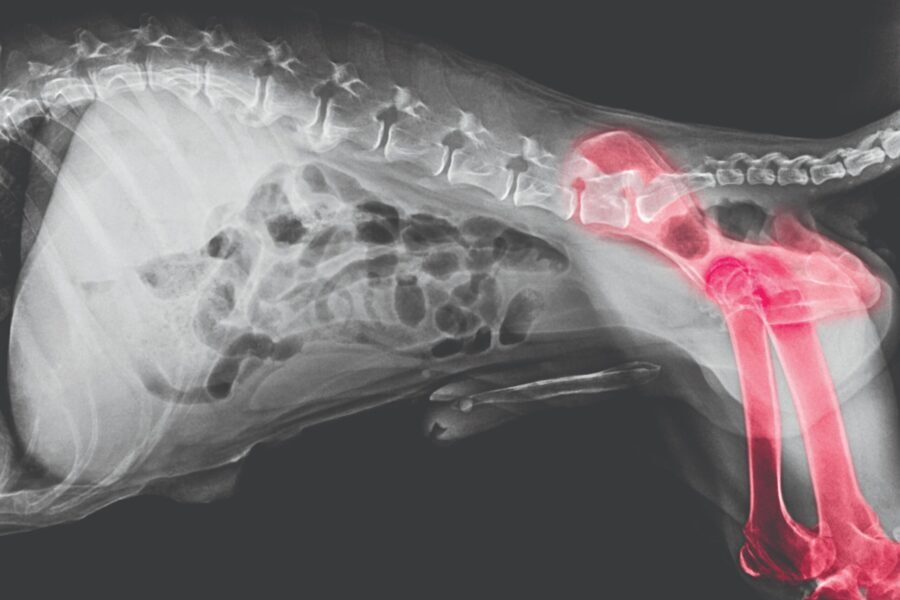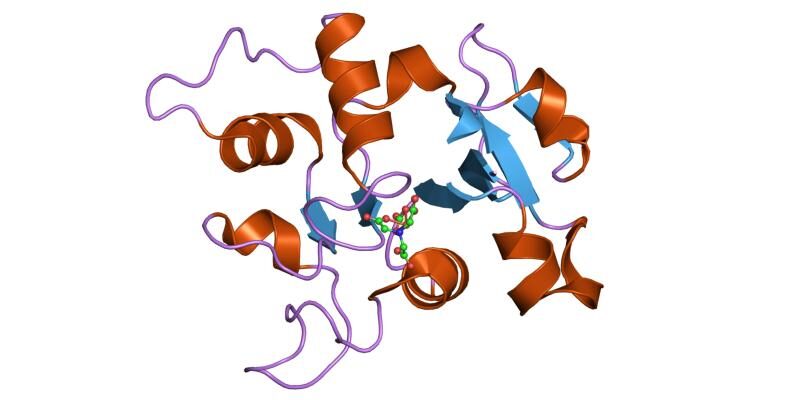Stem cell therapy holds immense promise for improving equine injury recovery, offering a beacon of hope for horses and their owners seeking effective and efficient treatment options.
Horses are prone to a variety of sports-related injuries, including tendonitis and desmitis, which can be challenging to treat effectively. Traditional approaches often struggle to fully restore tissue integrity and function, leading researchers to explore regenerative medicine as a promising alternative.
Multipotent Mesenchymal Stem/Stromal Cells (MSCs)
In recent years, Multipotent Mesenchymal Stem/Stromal Cells (MSCs) have emerged as a key player in regenerative therapies due to their ability to secrete bioactive molecules that facilitate tissue repair and regeneration. This has resulted in innovative treatments aimed at enhancing healing and restoring horses to their optimal performance levels.
One such advancement involves the combination of equine synovial membrane MSCs (eSM-MSCs) with a medium enriched in immunomodulatory factors derived from umbilical cord stroma-derived MSCs (eUC-MSCs). This unique formulation capitalizes on the regenerative properties of eSM-MSCs, which naturally contribute to joint tissue repair, while leveraging the immunomodulatory effects of eUC-MSCs to suppress immune rejection and enhance healing.
Recent Study
A recent clinical case involving a sport horse diagnosed with acute tarsocrural desmitis showcased the potential of this therapeutic combination. The horse underwent treatment with the eSM-MSCs and eUC-MSCs conditioned medium, leading to a remarkable recovery. Ultrasonographic imaging revealed ligament regeneration in a significantly reduced time frame, allowing for the horse’s return to unrestricted competition following a structured rehabilitation program.
The success of this case highlights the potential of stem cell therapy in equine injury recovery. Clinical re-evaluations demonstrated fast, efficient, and safe clinical recovery, with no signs of lameness and ultrasonographic images indicating tissue regeneration. The horse was able to resume its sportive career, achieving higher performance levels, with no evidence of lesion relapse even 18 months post-treatment.
Injuries to the lateral collateral ligament of the metacarpophalangeal joint (LMCL) are notoriously difficult to treat, often resulting in prolonged recovery periods and poor prognosis for return to competition. However, the rapid and complete recovery observed in this case offers a glimmer of hope for equine athletes and their handlers.
Conclusion
While the results are promising, it’s important to note that this study represents just one patient, and further research is needed to fully understand the mechanisms of action and validate the efficacy of this therapeutic approach. Clinical trials and additional studies will be crucial in confirming the real benefits of this innovative combination and its potential to revolutionize equine injury management.







